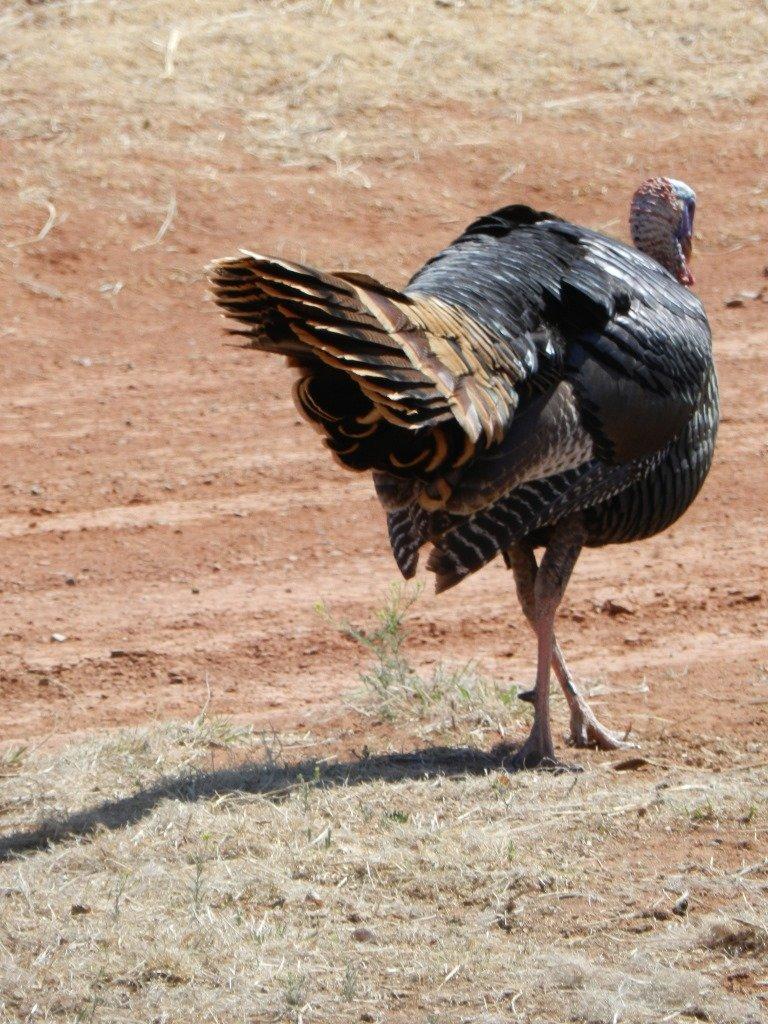When Down Isn't Dead
You scouted, located and called a strutting longbeard into range. All the excuses in the world won't help you now though - loaner gun, twisted shooting position, iffy choke, sketchy shotgun load, head-jerking birds, whatever.
You shot, and the turkey briefly fell . . . then shockingly got up and ran or flew away. Now what?
Here's what: You need to find that gobbler and finish the hunt.
Watch the Turkey
As the bird you once thought was dead now comes back to life and leaves, watch it intently. Note the direction it goes. Listen as it runs away. Be alert for the sounds of movement through ground cover or tree limbs within earshot as it falls from the air.
Look for Signs
Feathers, blood (often scarcely little) and signs of a struggle can give you a directional on the path of a wounded turkey. Study the open ground and the brush around it.
Check Out Cover
A turkey that's been shot and wounded will often find deadfall to hide under. Look in these spots of heavy cover along the likely path the departing bird took after you pulled the trigger or released the arrow.
NEW: Banded Turkey Vest
Rabbit Hunt 'Em
A hurt turkey may get up and run as you approach. Your small-game shooting skills will come into play now: aim for the head, better yet that big black eye, and shoot. Use a sustained lead or swing-through if the gobbler is moving away. If it flies, aim for the head as you would a flushing upland bird. Focus and close the deal. You owe it to the turkey.
Use a Dog
In states where it's legal - or at least isn't illegal - use a bird-nosed canine to find your wounded turkey.
Any other tactics? Comment below.
More Realtree turkey hunting tips. Follow us on Facebook.
Editor's note: This turkey blog was first published April 23, 2014.








